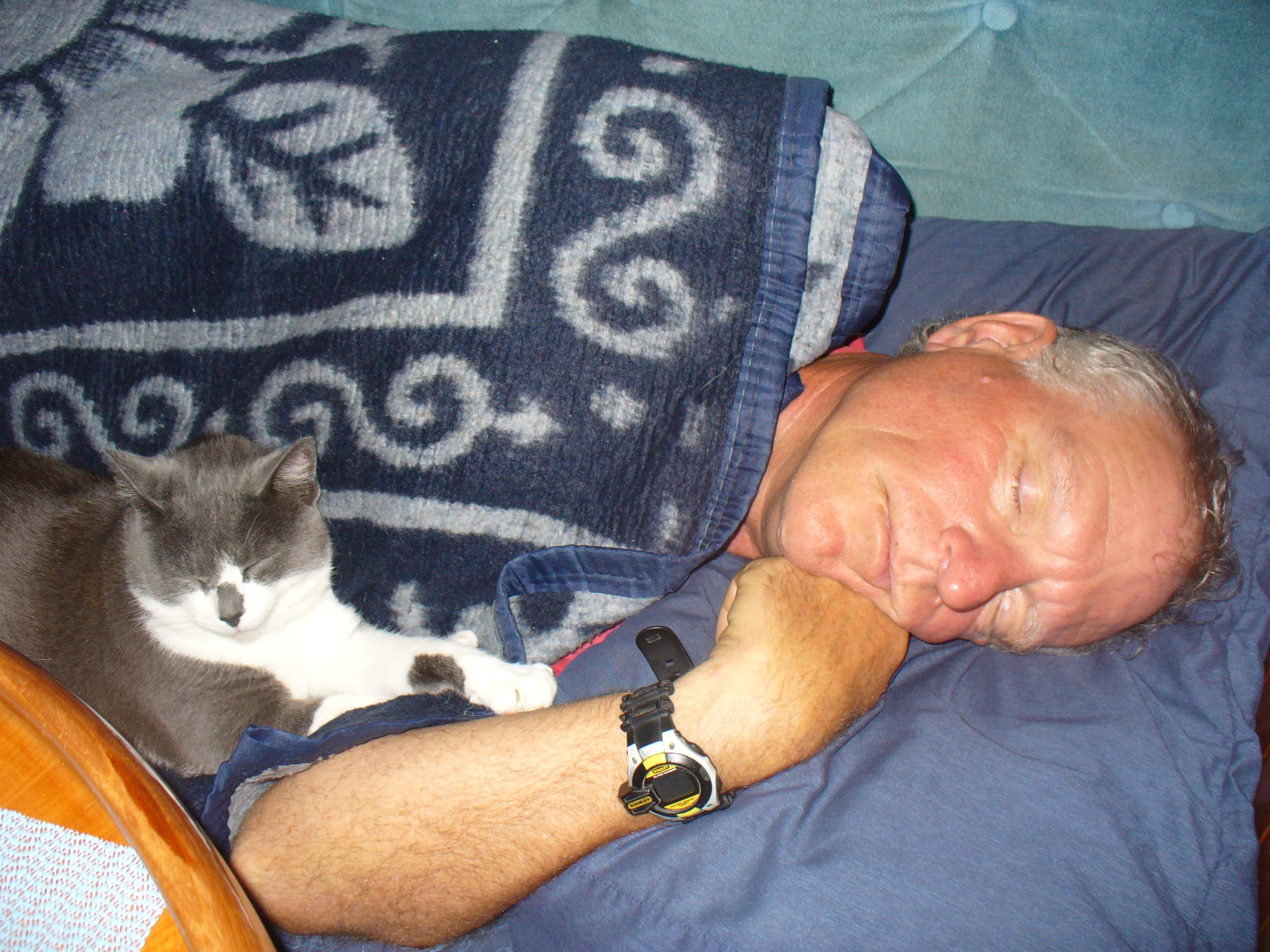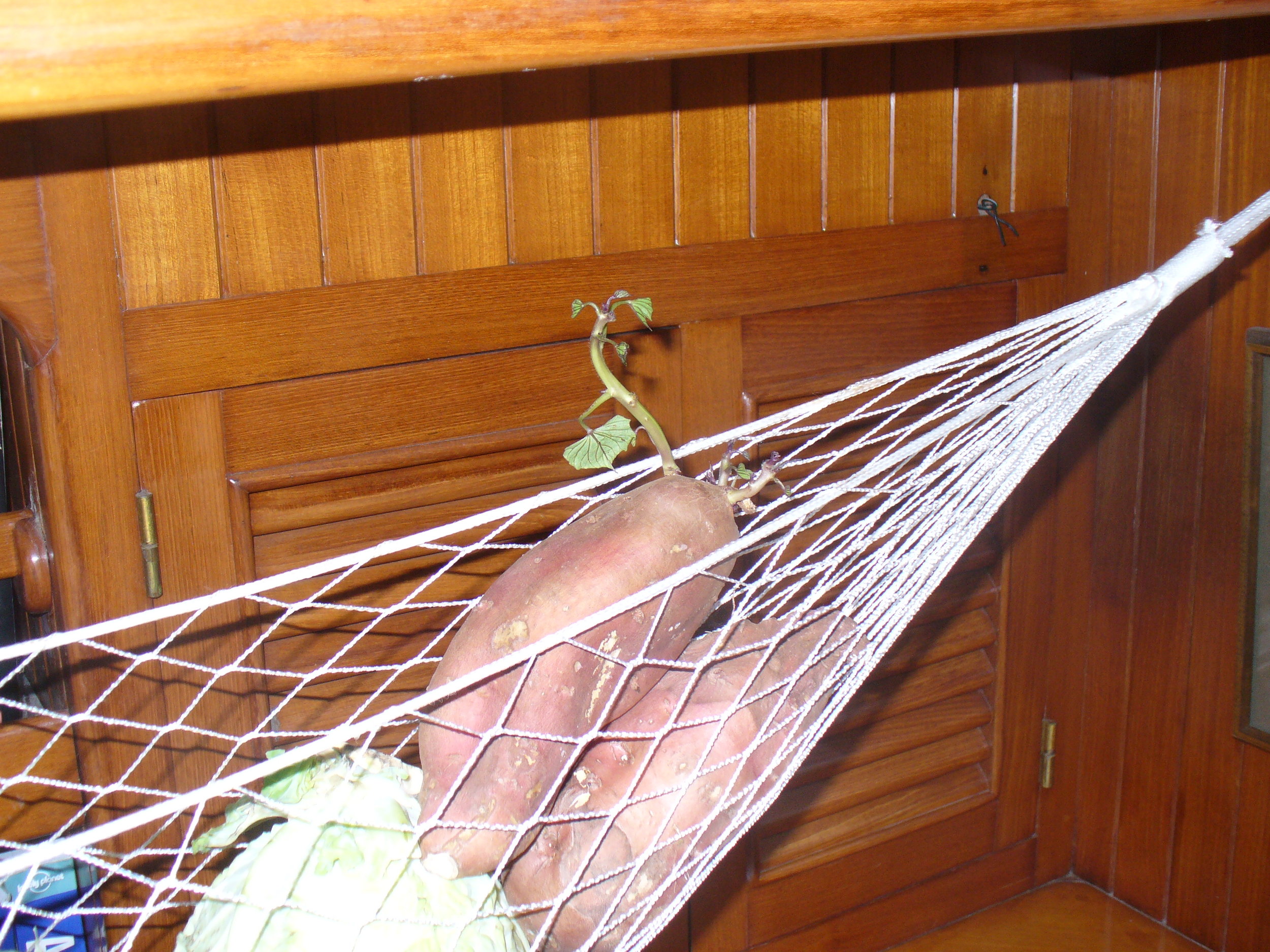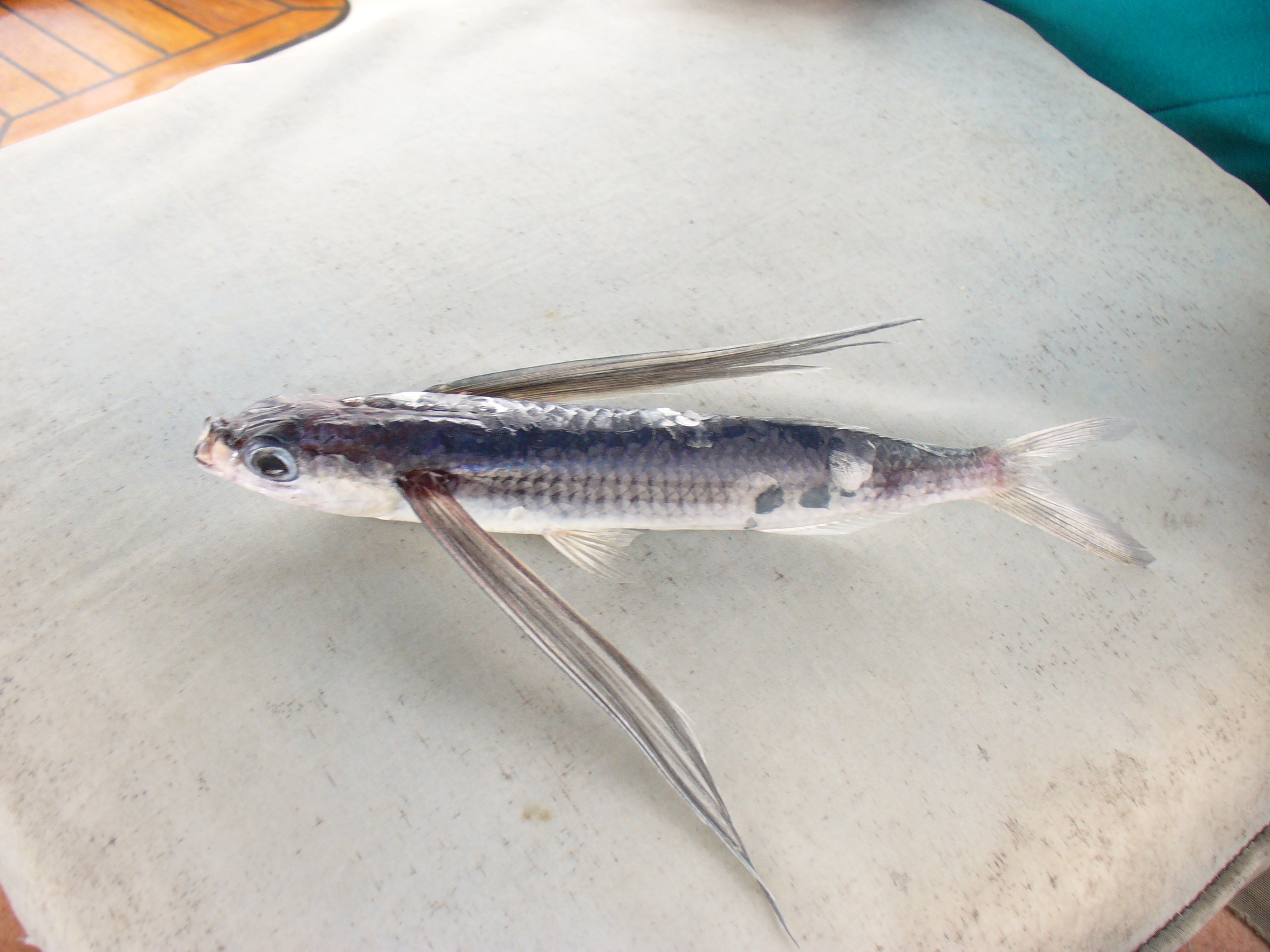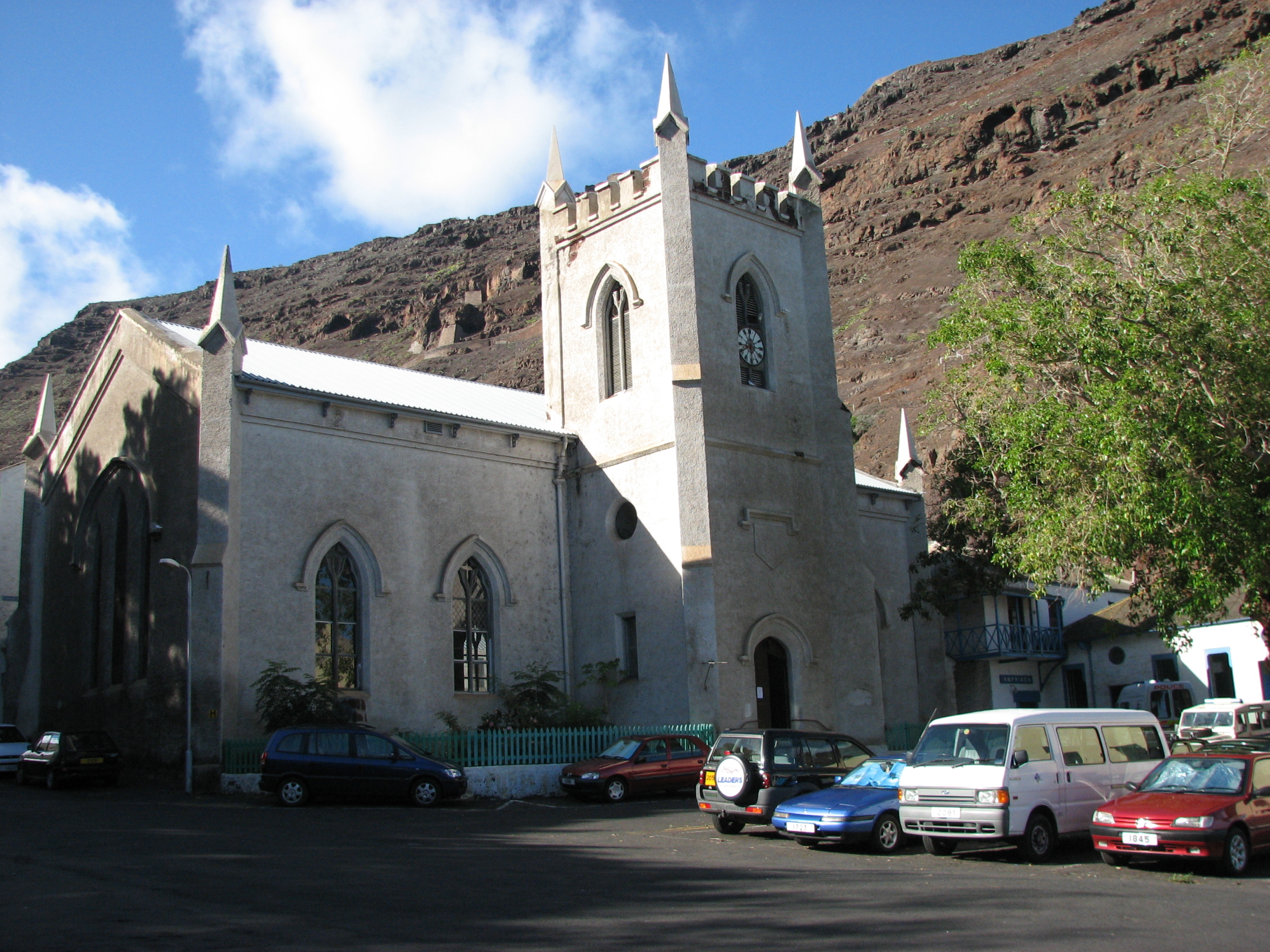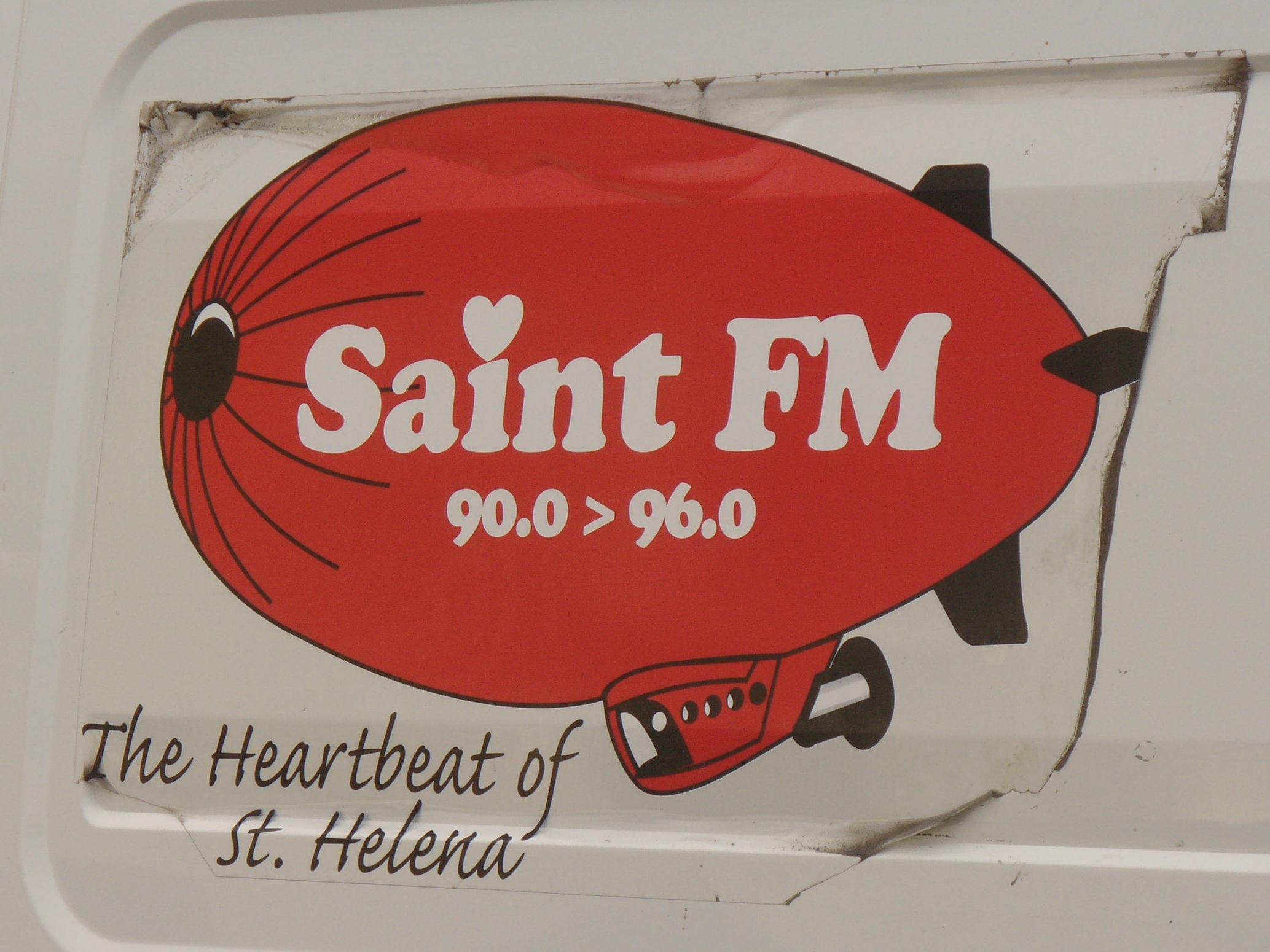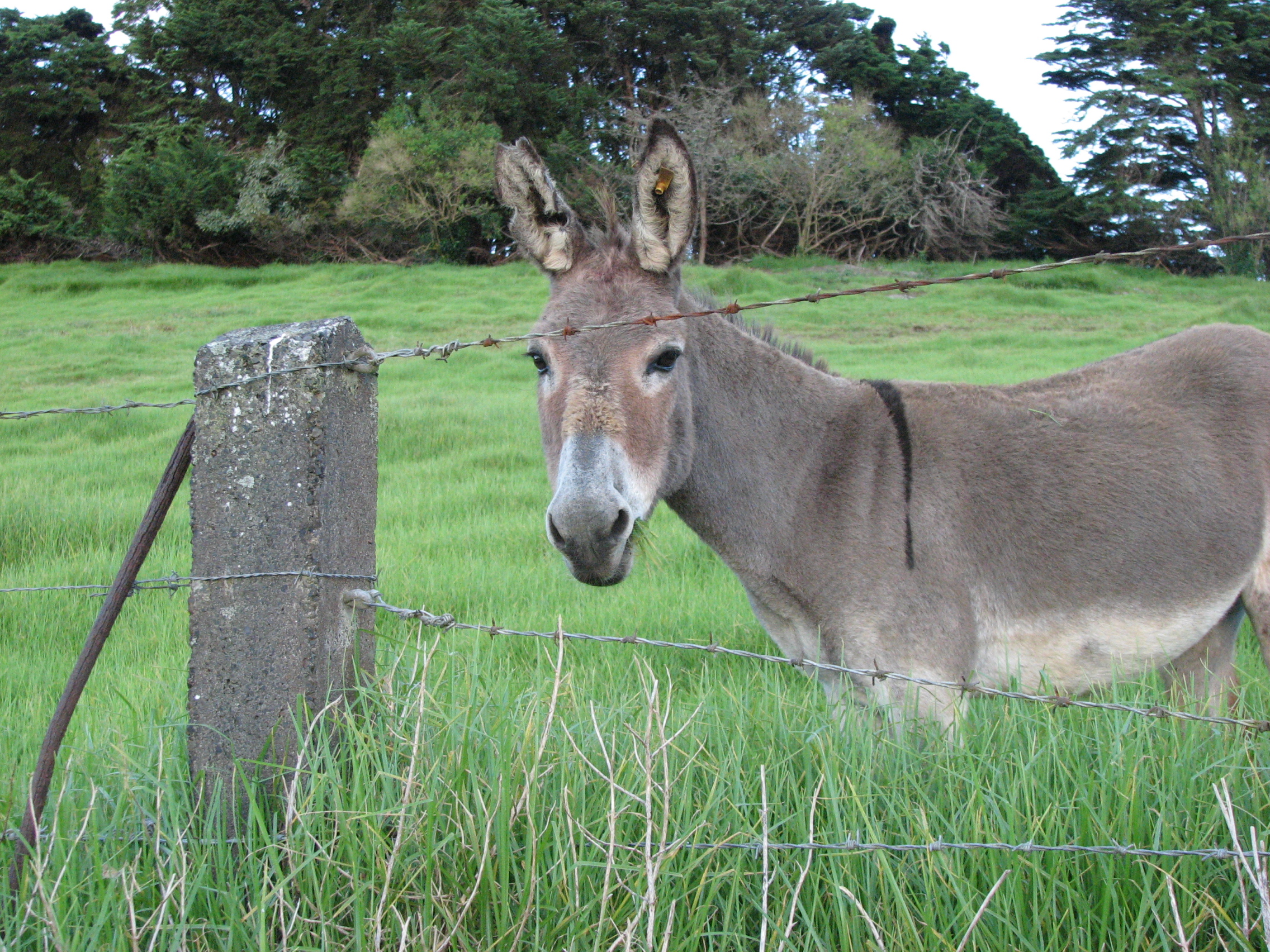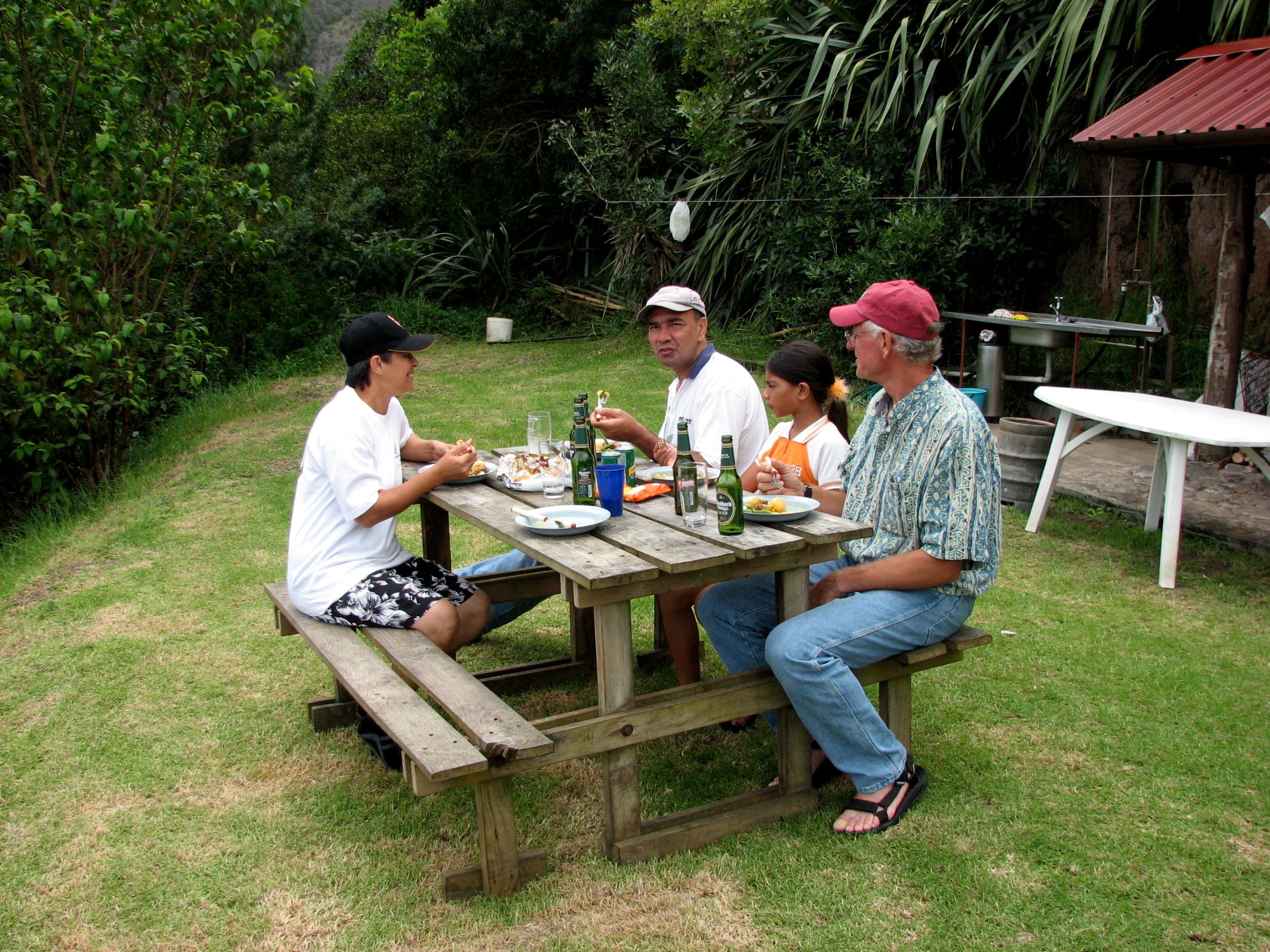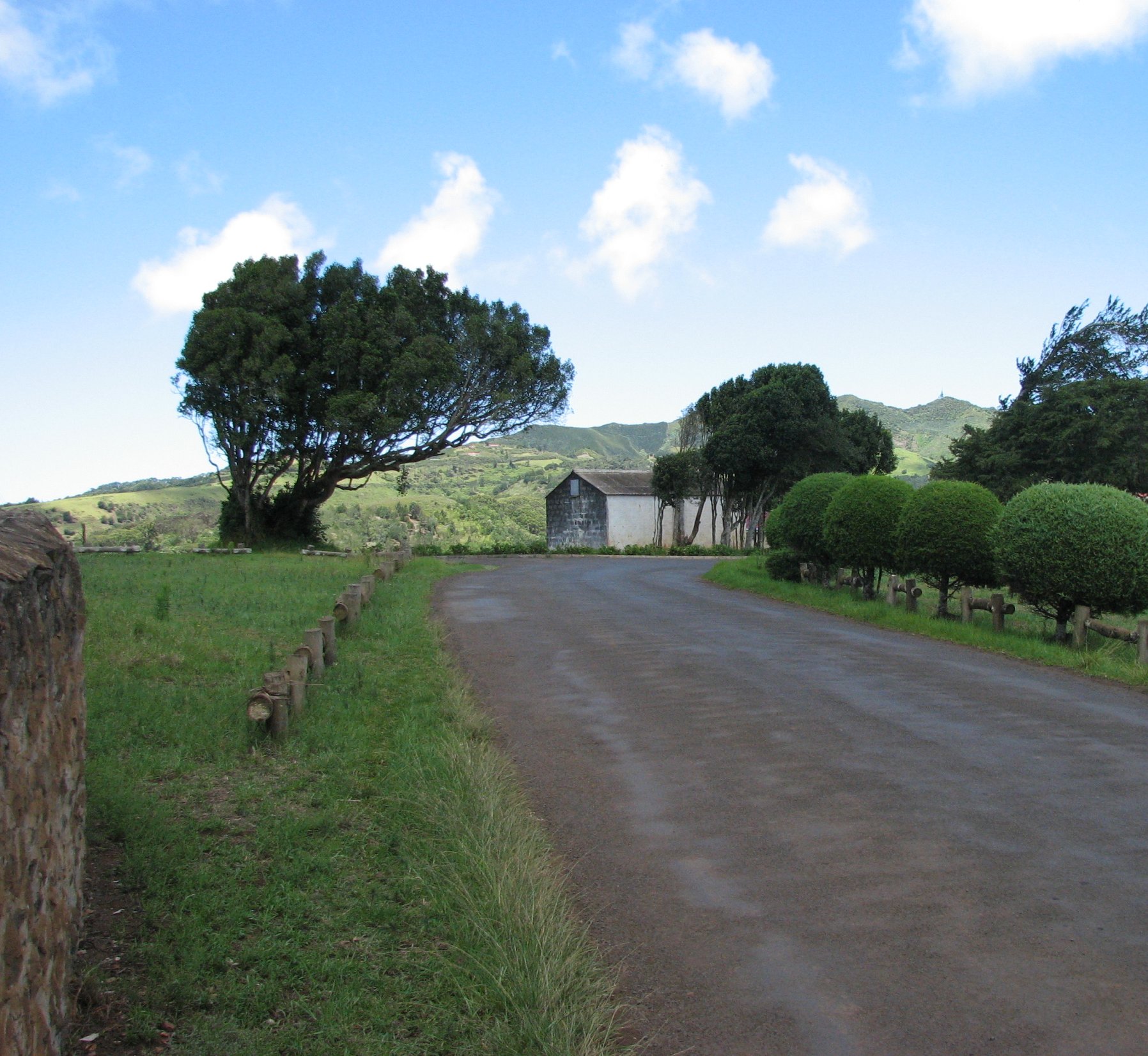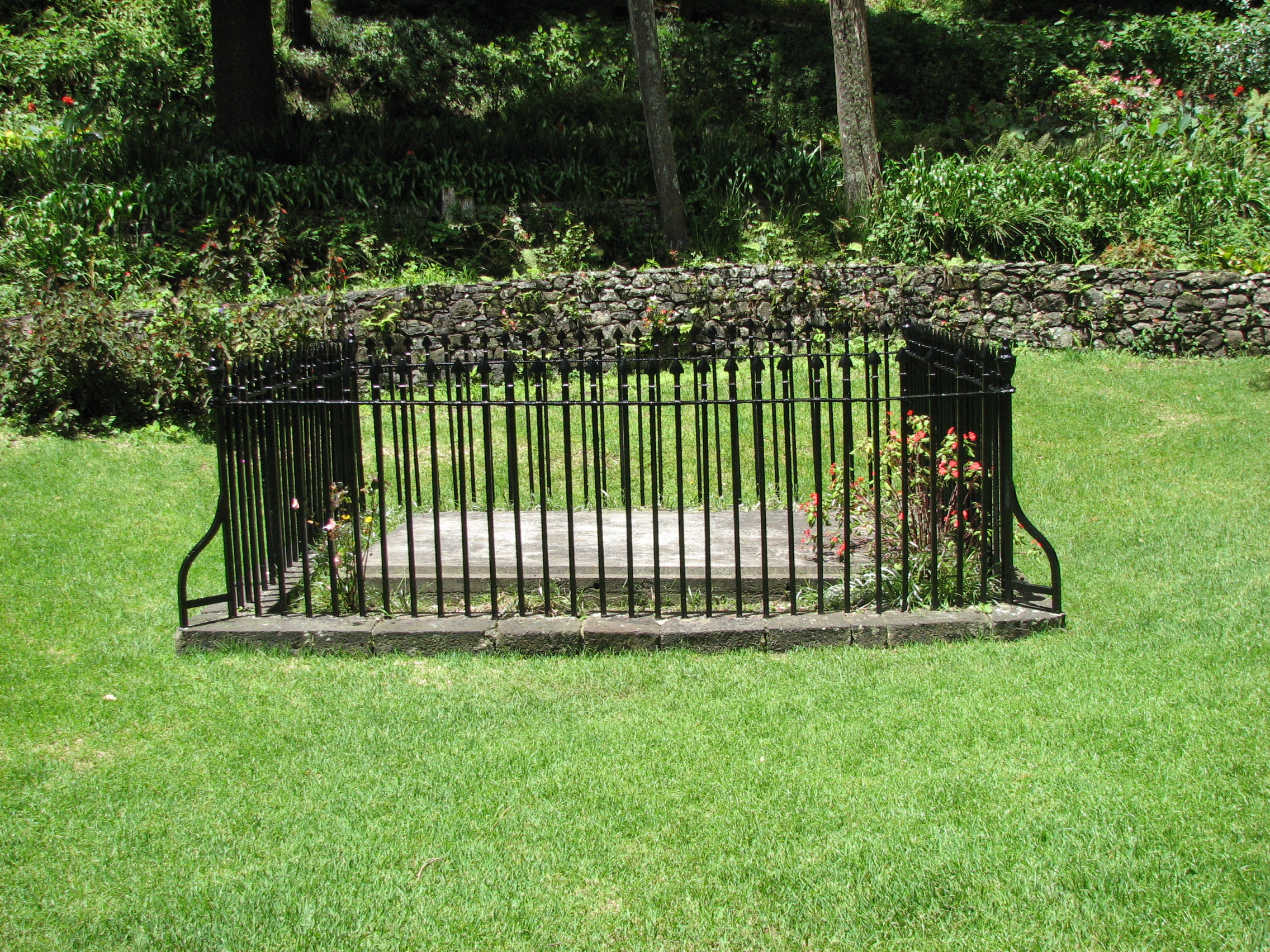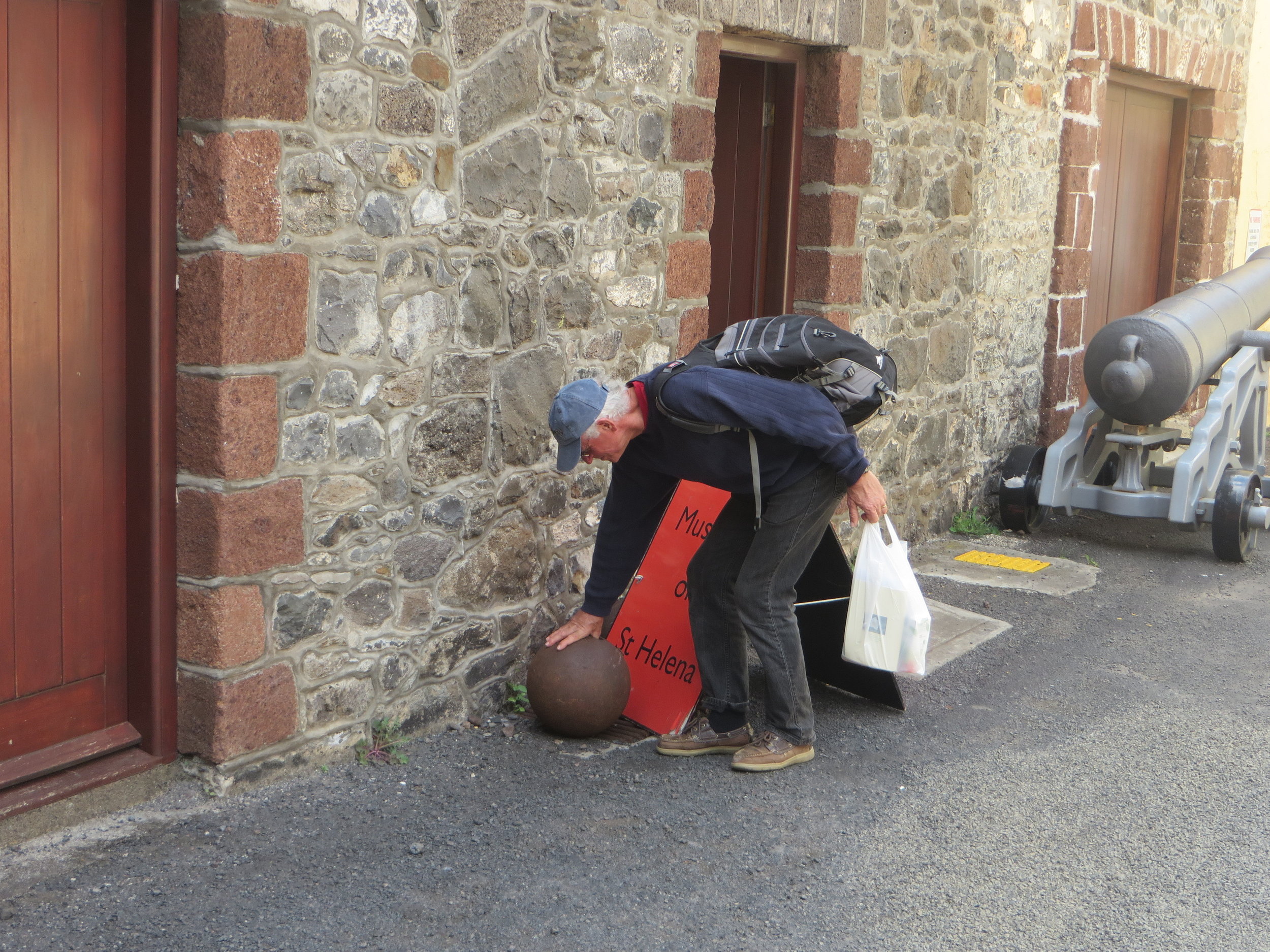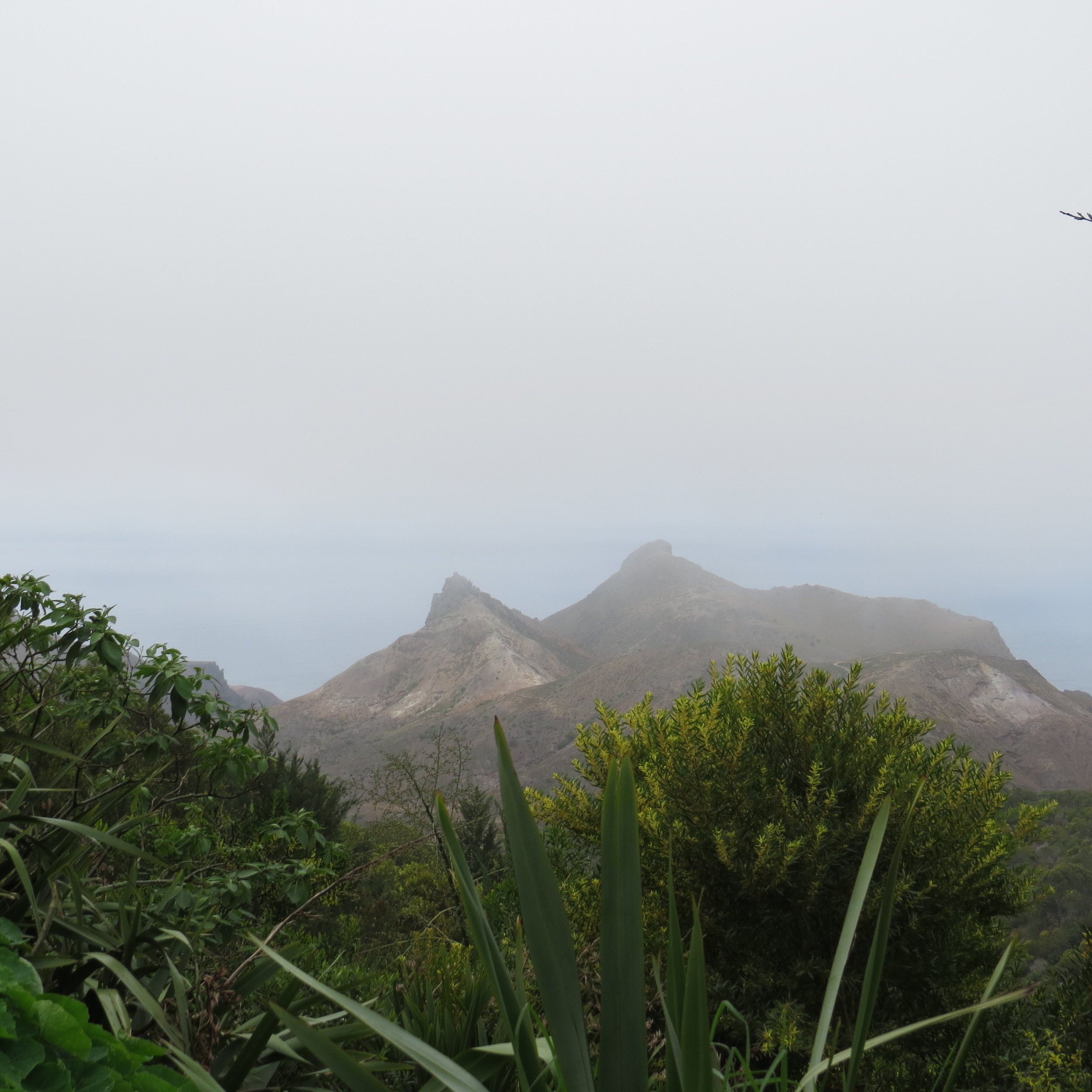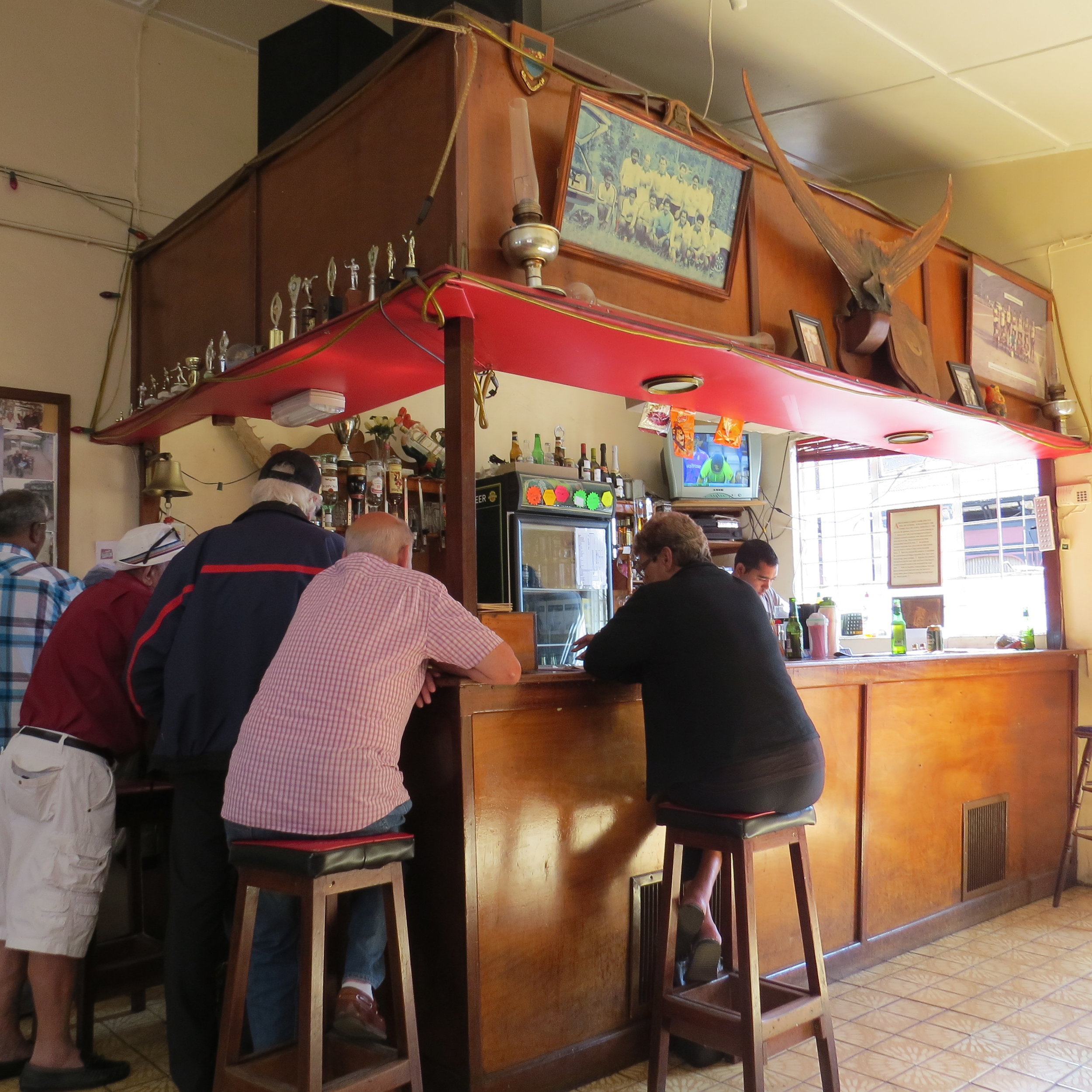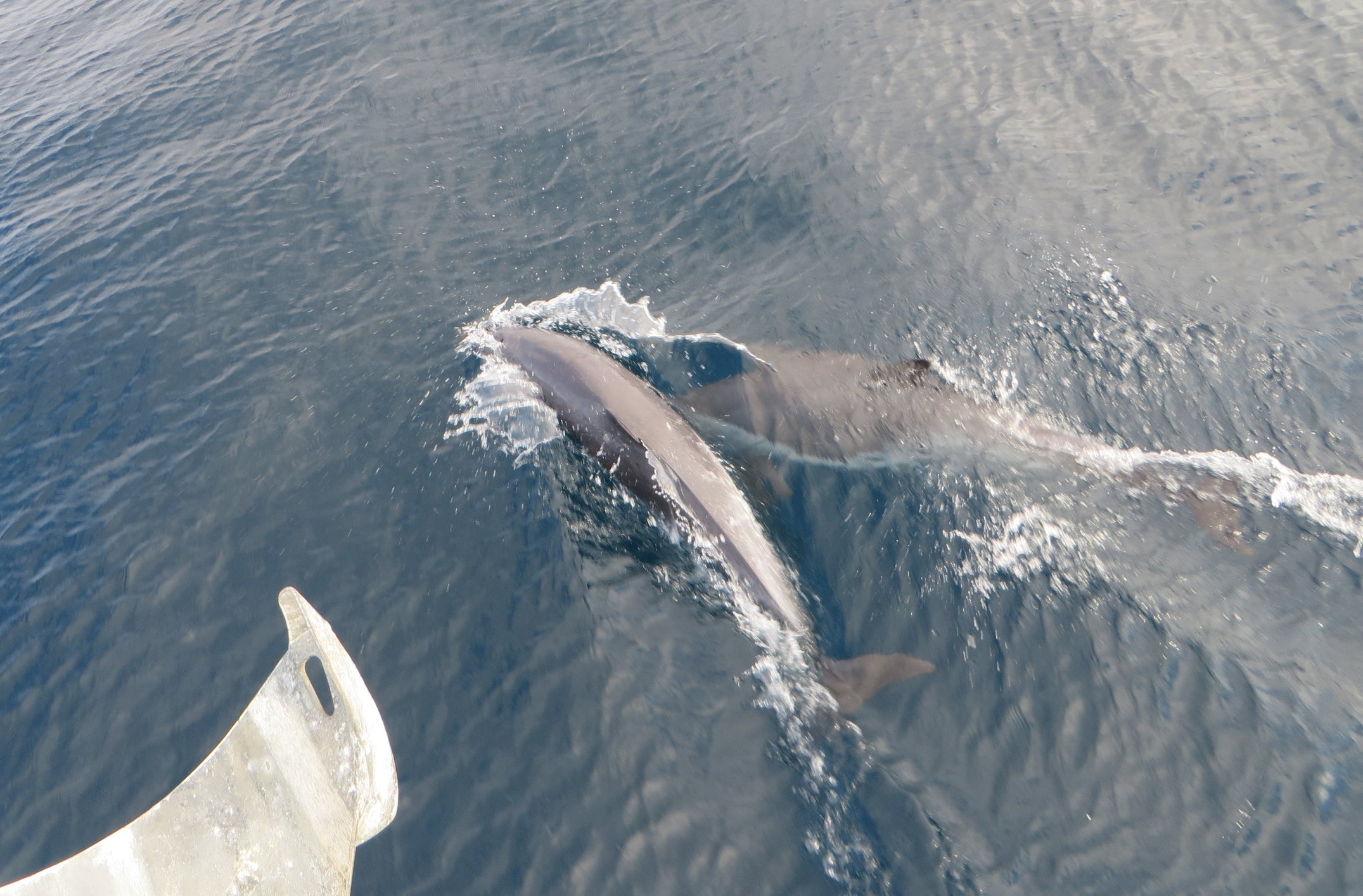St. Helena Island... Napoleon, Saints and Lots of Up
Until the October 2017 opening of its controversial airport, St. Helena Island, a British Overseas Territory, was considered one of the most isolated islands on the planet. A volcanic outcropping in the middle of the South Atlantic Ocean, it was only accessible by sea for centuries and as such, it was the perfect place for the Brits to stow Napoleon to keep him out of mischief. We have been fortunate enough to visit this out-of-the-way, welcoming island twice and it held surprises and delights each time. Come along with us to discover the world of the Saints.
March 2007
St. Helena Island
Capital: Jamestown
Population: ~5,000
Area: 47 sq miles (10.5 miles long x 6.5 miles wide)
Highest point: Diana’s Peak (2,675’)
Currency: St Helena Pound or British Pound Sterling
Political: Island divided into 8 districts; islanders vote for island Councillors, but governor is appointed by the British crown; residents are UK citizens;
Ascension Island and Tristan da Cunha are dependencies of St. Helena.
Exports/Industry: None; minimal tourism due to limited island access
Lovely Saldanha Bay ... making repairs in exotic places!
We had spent exactly two months in South Africa, arriving from Uruguay in December 2006 and departing for the USA in February 2007. It was a beautiful, calm morning as we backed out of our slip at the Royal Cape Yacht Club and down the canal. This should not have been difficult except the gearshift lever broke off in David’s hand. Yikes! He managed to maneuver us away from the other boats and against the sea wall (all in reverse gear, mind you). We scrunched the rub rail on the starboard aft quarter a smidge, but otherwise we were no worse for the wear. Heading out into the harbor, the autopilot began doing 360s … what’s going on? It settled down after a few miles. Things come in 3s! As we let the jib out, the furler seemed stiff and wasn’t working correctly. David found the problem immediately … it was broken and definitely needed repair before attempting a 7,000 mile passage from Cape Town to Charleston, SC. Rather than return to Cape Town, we opted to motor-sail to Saldanha Bay, about 60 miles north. We were able to pick up a free mooring, compliments of the Saldanha Bay Yacht Club, where we spent two lovely days while David made repairs.
The furler repair complete, we left Saldanha Bay bound for St. Helena. We covered some 1,700 in 12 days averaging 140+ miles/day … a pleasant
downwind sail for the most part. We saw very few ships (3), no planes and after the first few days, very few birds. We were NOT seasick which we attributed to extra days on Stugeron because of the laydays in Saldanha. We did lots of reading as usual. On-watch/off-watch. The days went by quickly and before we knew it “Land ho!’.
Jelly could smell land before we could see it and she paced back and forth like a big cat waiting for the island to come into view and then "Land ho!"
Portugese explorer, Joao da Nova commanding four caravels on his return from India, sighted St. Helena for the first time and landed on 21 May 1502. It was Emperor Constantine’s mother’s (Helena) birthday and thus the island was named St. Helena. The Portugese lost their influence and the Dutch and English vied for the island. In 1659, the English East India Company annexed the island, a castle was built and Captain Dutton was commissioned to “settle, fortify and plant”.
Getting ashore on St. Helena Island is not for the timid!
We stayed aboard the first night and came ashore in the Jamestown ferry the next morning. The Jamestown Ferry is a small boat used primarily by fishermen to get back and forth to their boats. For us, it was £1 each per roundtrip and it certainly saved the hassles of trying to land with a dinghy. Getting ashore was not trivial, however. There's a lot of surge at the dock and passengers disembark by grabbing for hanging ropes Tarzan-style to pull themselves ashore.
As we stepped ashore, the view along wharf was incredible with imposing cliffs behind and most of the whitewashed buildings built into the cliffs. The archway through which we entered Jamestown was built by Governor Dallas in 1832. We were expecting the rustic nature of Tristan da Cunha and were surprised when we saw a small Victorian town with lots of modern conveniences like internet and DVDs … no ATMs though, only the Bank of St. Helena.
Our first day ashore was spent checking into the various agencies as required. Customs on the wharf first, then the Police station for Immigration to get our passports stamps (£11/each) and finally the Harbormaster to check the boat in and pay landing duties of £25. With the poor dollar exchange rate, it cost nearly $100US to clear in. Once cleared in, we had to return to the boat. We found we were too close to the fishing boat, Portzig, which had arrived during the middle of the night and tied up to its mooring. The move was complicated by the fact that we had no working
windlass… again… so David had to haul the anchor up manually. We managed it in about 1-1/2 hours and resettled a bit closer to shore in a spot safe from other boats and comfortably positioned. Here we swung at anchor for the next six days.
The second day, David worked on the boat and I went into shore alone. It was a sunny, warm day and I reveled in taking photos of my new surroundings and exploring sights I’d share with David later. St. James’ Church is the oldest Anglican church south of the equator. Completed in 1772, it has undergone changes and repairs, but basically remains the same. The entrance to the castle of St. John was originally built in 1659 and has been refurbed and repaired over the years due to termite damage. St. Helena Government Admin offices are housed here. Jacob’s Ladder was built in 1829 as an inclined plane used to haul manure up and goods down. It is 600’ high stretching from the town to the top of Ladder Hill and has 699 steps. It’s lit at night and made a good landmark from the boat. It’s still used, but not frequently. Looking up or down, it was staggering.
Residents of St. Helena are known as St. Helenians to the rest of world, but they refer to themselves as “Saints”. Leaving the island is known as going “off island” or to the “big world”. Interestingly, folks from St.Helena love country-western music! They have two radio stations, the most popular being Saint FM which plays light music and country-western selections.
It has been our experience that when we arrive in a new port, we are very fortunate to meet someone who has an interest in introducing us to their home town and is as interested in learning about us as we are about learning about them. We met Gilbert Legg via email through Andy, our contact in Tristan da Cuhna. Gilbert works for the Cable & Wireless Co. on St. Helena as its Communications Manager and is the “voice” of St. Helena Radio. He met us one afternoon with his daughter, Juliana, and gave us a tour of the island.
Clockwise from left above ... 1) We headed up, up, up to High Knoll Fort. The present fort dates from 1894 and was built on the site of the original citadel built in 1720. It was considered the last refuge in case of enemy attack. 2) Plantation House, residence of the island’s governor, was built in 1792 and modified in 1816. The Governor’s offices are in the Castle in Jamestown, but he hosts several social occasions each year at Plantation House. The area and grounds are open to the public and we walked around at our leisure. 3) Probably Plantation House’s most famous resident is “Jonathan”, a 200-year old giant tortoise believed to have come to the island in 1882. 4) Donkeys were in constant use over the years, but have been replaced by cars and trucks now. What to do with the donkeys? Those left have been gathered in a green field known as the Donkey Sanctuary and lead a pretty lush life. 5) During the Anglo-Boer War fought in South Africa, many Boer POWs were sent to St. Helena. As many as 6,000 prisoners were held in camps here from 1900-1902. A typhoid epidemic took its toll in the camps. The Boer dead are buried here in Knollcombes cemetery. 6) Built in 1851, using an “early English” design, St. Paul’s Cathedral sits in a lovely country setting. 7) Gilbert invited us to go “up country” with his family for an outing. Together with Joan and Juliana, we all went to Colin’s Bar in Sandy Bay. Joan made curry and vegetables. We brought "American" brownies for dessert. 8) The Sandy Bay Baptist Church, looked almost surreal, but it's still used each Sunday. 9) Birdlife on the island is abundant, but seeing the “wirebird” was outstanding. Only about 300 of these birds remain in the entire world, a species endemic only to St. Helena. We saw them at Levelwood.
Of course, St. Helena is most known for its famous resident, Napoleon Bonaparte. Napoleon I (1769-1821) crowned himself emperor of the French in 1804. He was considered the greatest military genius of his time and perhaps the greatest general in history. He created an empire that covered most of western and central Europe. He was defeated by the British at Waterloo in 1815 and kept as a prisoner on St. Helena Island from 1815 until he died in 1821.
Clockwise above ... 1) Napoleon Crossing the Alps, oil by Jacques-Louis David, 1805. 2) A pleasant “up country” road in Longwood leading to Napoleon’s St. Helena home. 3) Originally a barn, Longwood was converted into a house in 1752 by Lt. Governor Adamson and then further extended and renovated 60 years later when Napoleon was exiled here in 1815. 4) Napoleon's "salon" at Longwood with some original furnishings. 5) Napoleon died here on May 5, 1821. 6) Napoleon’s tomb (sans Napoleon) has no markings on it. The French wanted “Emperor” on the tombstone, the Brits would only allow “General” and they agreed to disagree. The tomb in which Napoleon was originally buried is situated in the Sane Valley and was chosen by Napoleon himself as his final resting place in St. Helena. It is said that he used to ride his horse in this area and found it a pleasant place to meditate and read and thus chose this place to be buried. The French were allowed to exhume his body in 1840 and return it to Paris exactly 25 years to the day after he first stepped ashore on St. Helena.
St. Helena Impressions…
Visiting the island was like taking a look at another time and place that we will probably never see again as progress makes its way there. It was quaint, charming and old-worldish. The people are hospitable, gracious and truly friendly.
We paid the most we’ve ever paid for diesel ($6/gallon) and internet (20 cents/minute).
Hard and crusty on the outside…soft and luscious on the inside.
A distinct accent all their own and when talking to each other, a distinct dialect which most times we could barely understand.
Surprising amount of amenities such as tourist brochures, supermarkets, and internet, which we really hadn’t expected.
Wish we would have had the time to hike along the paths, trails and postbox walks located throughout the island…maybe next time?
September 2015
Uh oh ... did we say "next time"? Fast forward to 2015 when we had the chance to visit St. Helena once again. The passage was much slower and lots of things on the island have changed ... including a new wharf for offloading cargo and moorings for visiting cruisers.
Though we'd toured the island with Gilbert back in 2007, that was then and this was now. Many changes had occurred over the years (and perhaps our memories had faded somewhat?) and there were still things we wanted to see. For instance, we had never climbed all 699 steps of Jacob's Ladder. In truth, this was something the First Mate could have lived without ever doing, but the Captain guilted her into it. Take a look at the video and remember ... 699 steps!
Yikes ... 699 steps ... all UP, but I made it! Breathlessly and complaining all the way!
Clockwise from left above ... 1 & 2) Housed in an old warehouse on Back Way just across from Jacob's Ladder, the island museum is the perfect venue for learning about St. Helena and her history. We visited back in 2007, but with our memories, it was all new information. For a small island/town museum, the Saints have done a fine job of sharing their history, unique culture and their island's flora and fauna. 3) Ladder Hill Fort, at the top of Jacob's Ladder is in sad repair. Some of the buildings are used and some are crumbling. Ladder Hill was fortified early on, but not completed until 1873. 4) High Knoll Fort is certainly one of the premiere sights/sites on St. Helena Island. Today, some of its walls have collapsed, but it's still a place for visitors to wander and a venue for island events. You can feel the history of the place by wandering the walls and ducking through the thick doors leading into small, dark rooms. 5) The Bellstone is “a trchyandesite boulder that rings (like a bell) when struck.” And it did, indeed, sound like a bell when David struck it with a rock. Listen here. 6) We traipsed up a grassy trail lined in flax to find the foundation of the observatory on the top of the hill, named Halley's Mount. Edmond Halley was only 20 years old when he visited St. Helena Island in 1677. 7) We tried to climb Diana's Peak, but the fog was so thick and trail so slippery, we gave up. 8) One big difference on this visit? We rented a car. Hairpin turns and steep roads are the norm here. Read David's thoughts on driving in St. Helena. 9) Some things don't change ... after long days of being a tourist, we always needed a pint at the pub.
For decades, the RMS St Helena was the primary transport for supplies and passengers on and off the island, but with the new airport opening in October 2017, the mailship is scheduled to discontinue service in February 2018, read more here.
And YES, Gilbert and Joan and Juliana were still there and welcomed us warmly. We toured with them once again on the island, seeking out things a tourist would never find. They invited us to their home for a meal... the ultimate sign of generosity and friendship.
We also met a new friend, Val, from the tourist office who took us hiking and also invited us home for lunch. Days with Saints are pretty special!
After more than a week at St. Helena, it was time to start thinking about our departure. A long passage to French Guiana lay ahead and we were keen to get under way.
A pod of dolphins accompanied us from the harbour and we were once again on our way.






